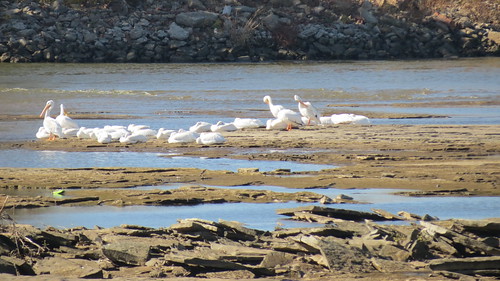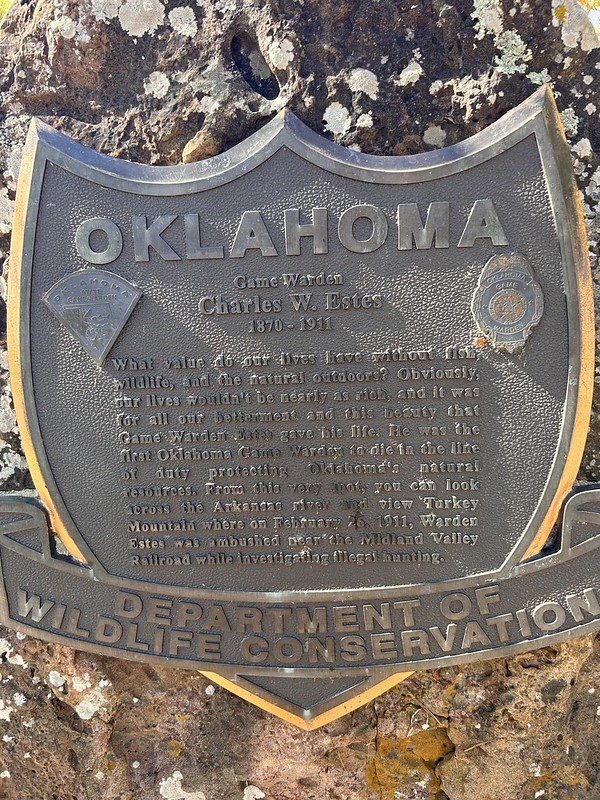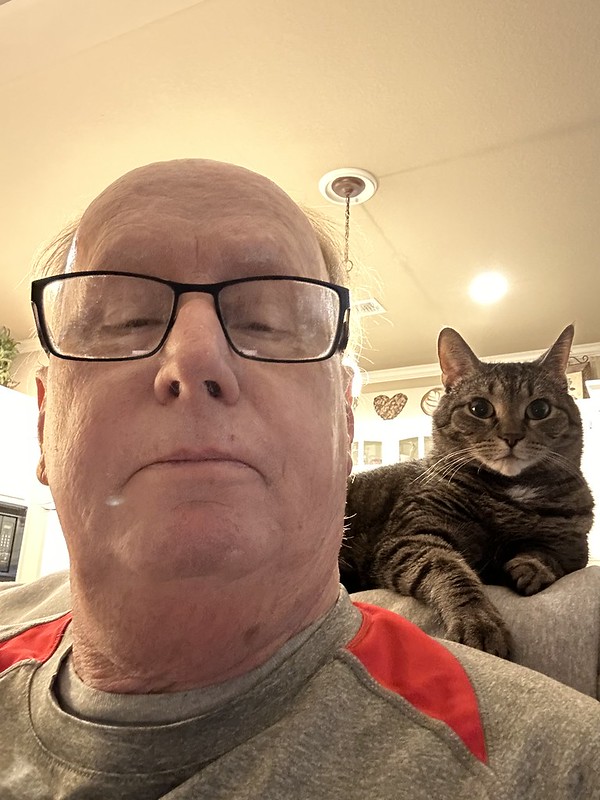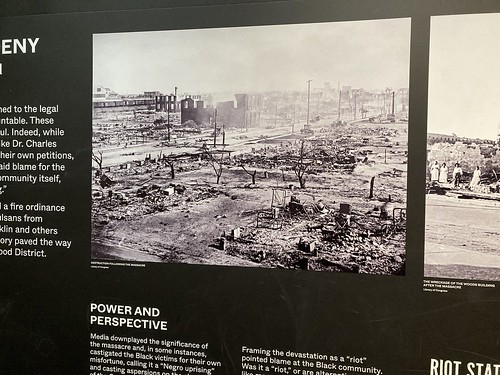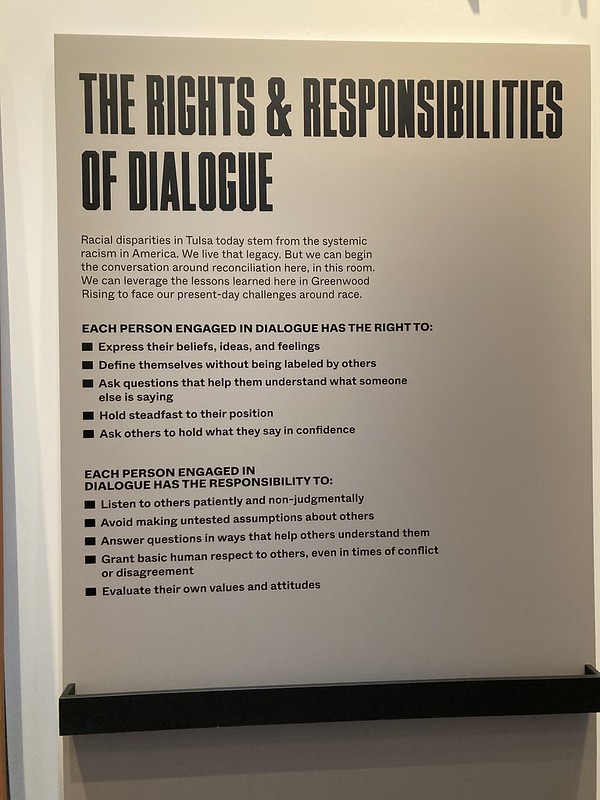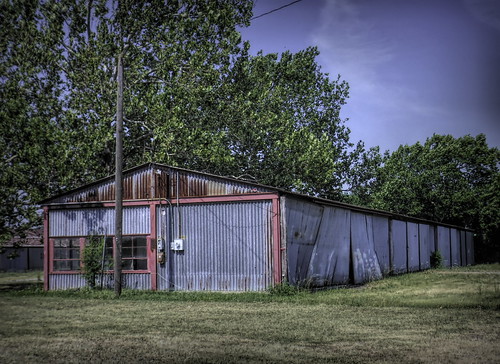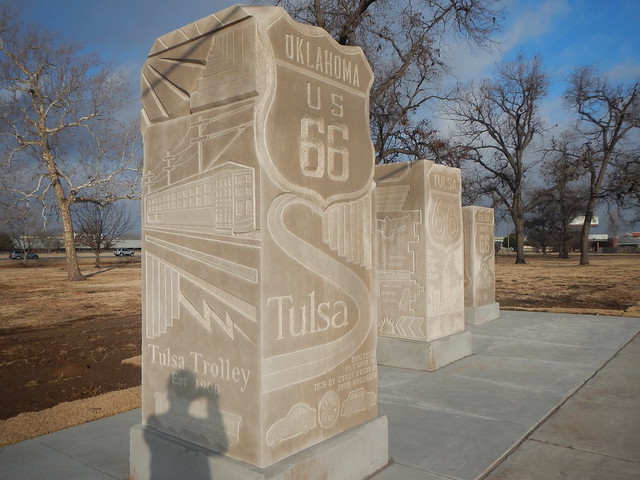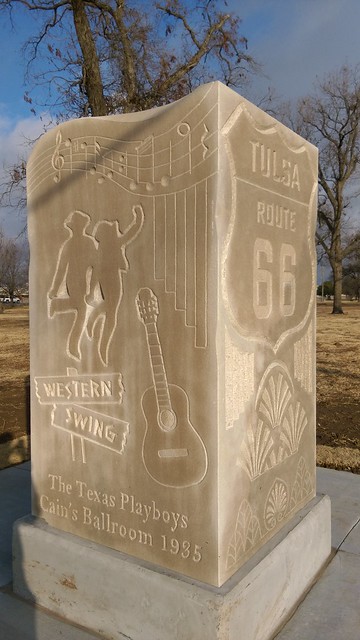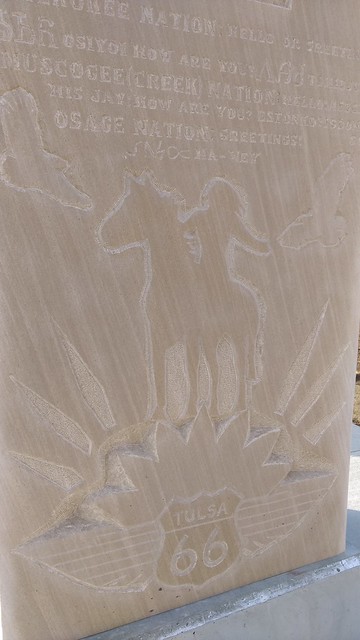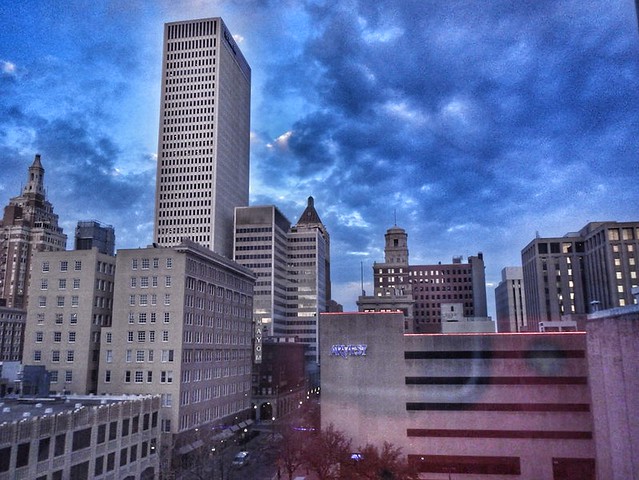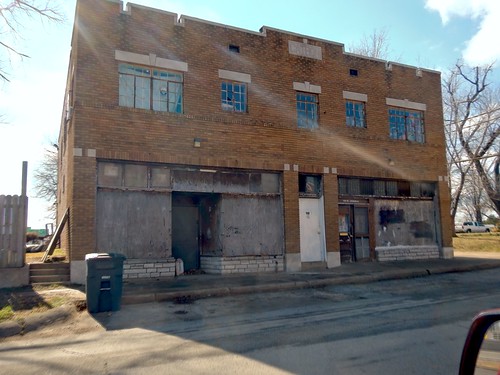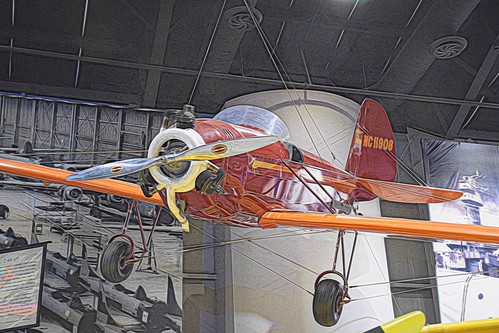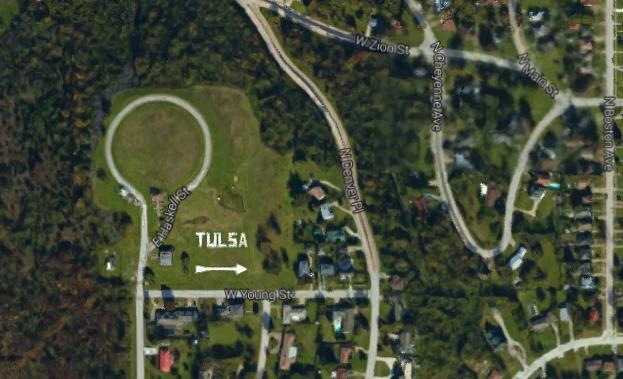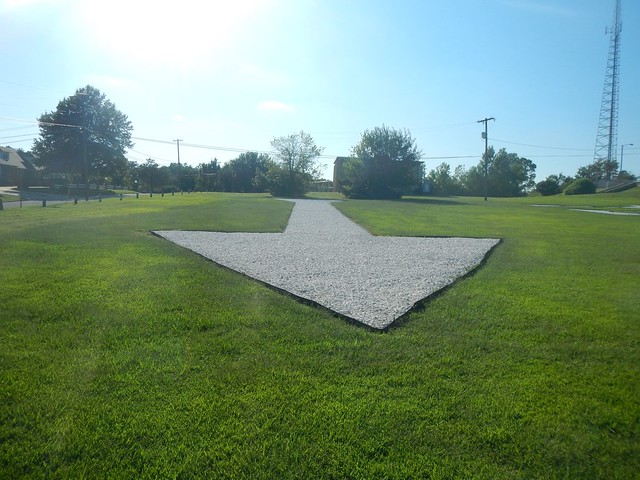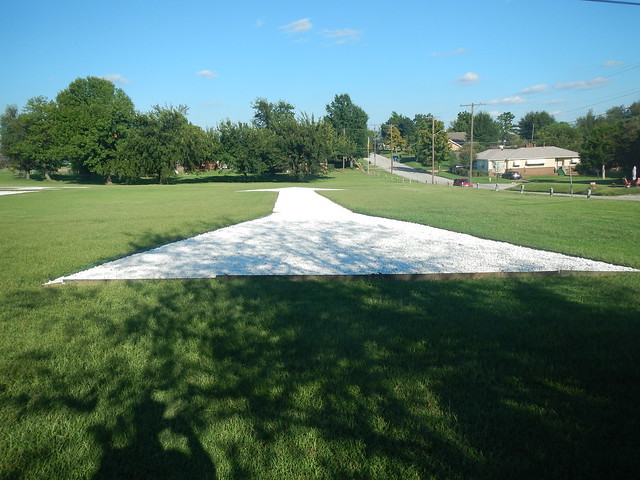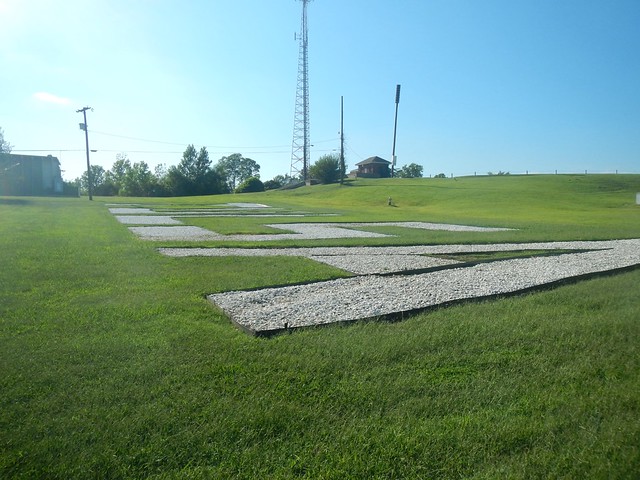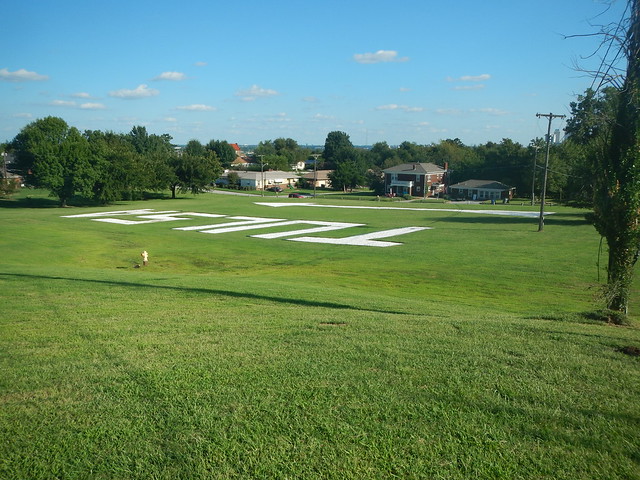I went on a bike ride the other day on Tulsa’s Riverparks Trails during a very unseasonably warm day.
I saw two groups of white pelicans on the river. They were both all hunkered down. I hope that they will get going to where they need to be for the winter.
The canadian geese are here all year long in Tulsa. Many of them still migrate south but I guess the others have figured out what some of politicians haven’t, that global warming is a thing.
And I saw a few great blue herons. They are everywhere. Back in the day when I still worked I was out in the natural gas fields of western Oklahoma and I stopped on a dirt road to make a cell phone call and suddenly noticed in the field next to where I parked there were a bunch of great blue herons. Not in a pond or water, just standing there in a field. I took a pic but it is long gone. Well before the days I knew about storing and tagging and all that other stuff.
I found a bunch of seagulls clear across the river.
I stopped and took a photo of the foliage on Turkey Mountain across the river. I never get tired of seeing it.
Nearby was this plaque commemorating the first Oklahoma Game Ranger killed in the line of duty. He was game ranger murdered in the line of duty in Oklahoma. On Turkey Mountain investigating a poaching case. I don’t think it was ever solved.
Back in the day, Turkey Mountain had a bootleggers, lawmen, oil field hands, ranchers, railroad men, and farmers. I have personally found “shake and bake” meth labs. It has a shady past. So does Tulsa for that matter. Machine gun Kelly, Pretty Boy Floyd, John Dillinger, Bonnie and Clyde, Ma Barker. They all have Tulsa ties. Read more about Tulsa’s shady past here.
Oops I digressed. I am continually fascinated by the dichotomy of Tulsa. On the east bank are big companies, operas, ballet companies, symphonies, wonderful museums and on the gritty west side, like Turkey Mountain, refineries, oilfield manufacturing, factories is where the money was made to pay for all the nice stuff. That is where the outlaws hung out.
I’m linking with Saturday’s Critters.
Oops one more thing,
Excuse my appearance, I’m retired so I get kind of scruffy. That is me, (of course) and Lizzy early in the morning. I read the paper and drink coffee in the morning and she reads over my shoulder. I keep telling her that is rude but she won’t stop.

